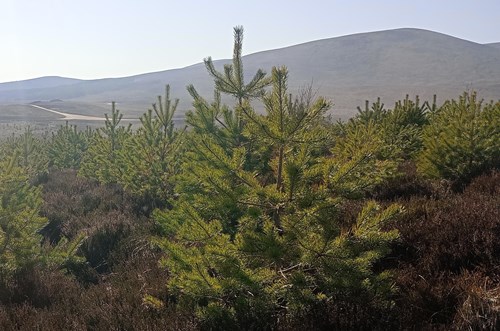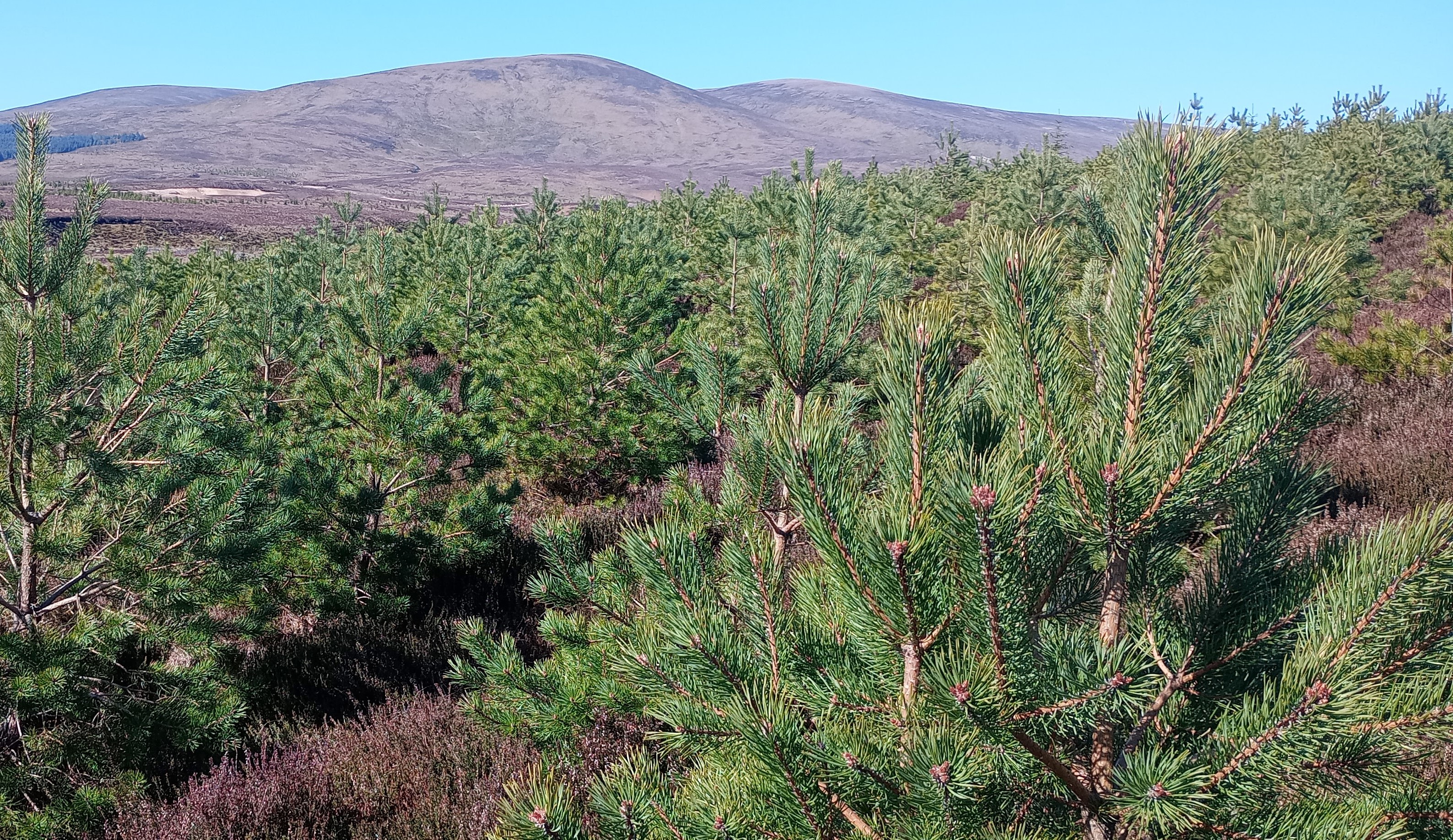The Woodland Carbon Code has now been in operation for well over a decade, with the first projects now reaching the Year 15 verification stage. At this milestone, many projects will begin to reap the first sizable vintage of verified carbon units (known as Woodland Carbon Units), presenting an opportunity to start actively trading verified carbon units at scale.
However, the opportunities for trading carbon units earlier in the lifecycle of a woodland carbon code scheme, particularly after the Year 5 verification, are becoming more attractive for project developers and buyers alike. This is allowing both buyers and sellers to actively participate in the voluntary carbon market while managing risks appropriately.
Year 5 verification
Year 5 presents the first opportunity for projects to convert Pending Issuance Units (PIUs) to verified Woodland Carbon Units (WCUs). PIUs are estimated on a desk-top basis at the start of the project during the validation process, whereas WCUs are based on real-word measurements obtained on site during the verification process. As such, there is potential for significant differences between the number of PIUs estimated and the number of WCUs realised, depending on how successful the establishment of the new woodland has been.
Because trees take time to establish and to compensate for carbon emissions at establishment, the Year 5 verification typically results in few or no WCUs. However, this verification is vital to establish the survey plan used in future verifications, confirm that the woodland has established well, and identify any remedial actions required to ensure carbon is captured in line with the PIU forecast. If the process reveals a risk that WCUs will not be realised in future verifications, (for example due to tree losses, herbivore impacts, or weed competition), project developers have the option either to revise the number of PIUs downwards on the registry, or to take remedial actions to put carbon capture back on track.
If, on the other hand, the woodland has established well, PIUs can be sold and bought with more confidence, as explained below.

The verification process
The Woodland Carbon Code (WCC) recommends starting the verification process 18-12 months prior to the deadline, to allow sufficient time for surveys and reviews to be carried out. For projects to progress past year 5, verification must be achieved prior to the deadline, or the project will cease to meet the requirements of the WCC and will drop out of the scheme.
Verification is a rigorous process. For those projects managed by Galbraith, we design a site survey plan according to WCC guidelines for approval by the auditor. The site survey itself is then undertaken by a specialist third-party contractor, who completes a monitoring report and provides a detailed photographic record of the site. This data provides the information for Galbraith to prepare a project progress report, detailing the current condition of the woodland. These documents are independently audited, and site visit checks are carried out by the independent auditor. Once the review has been carried out, the verification is recorded on the UK Carbon Registry and any Pending Issuance Units (PIUs) eligible for conversion become verified units Woodland Carbon Units (WCUs).
Selling carbon
Although a project may have few or no WCUs at Year 5, projects which are assessed as performing well at Year 5 are in a stronger position to sell PIUs, as once a woodland is well established the risk of future failure is lower. At present, market data indicate that average quality PIUs trading in the region of £23/unit, while high quality WCUs are trading at up to £50/unit and more. There are various options and risks to weigh up in deciding how to sell carbon, depending on a project developers’ circumstances and objectives, and Galbraith can provide advice on these.
In addition, the risks associated with selling both verified and unverified carbon units are becoming better understood. This is being demonstrated in the template legal contracts being developed by Scottish Forestry, which are aimed at providing both buyers and sellers with the confidence they require to participate in the market.
While the tax treatment of voluntary carbon units requires careful consideration, HMRC continues to update its guidance on topics such as VAT treatment. These factors, along with a maturing market for WCC credits, is allowing project developers to adopt a strategy that meets their long-term objectives and attitude towards risk.
- If you’re considering selling carbon, or woodland with carbon attached, we would be pleased to advise and assist with any sale.

